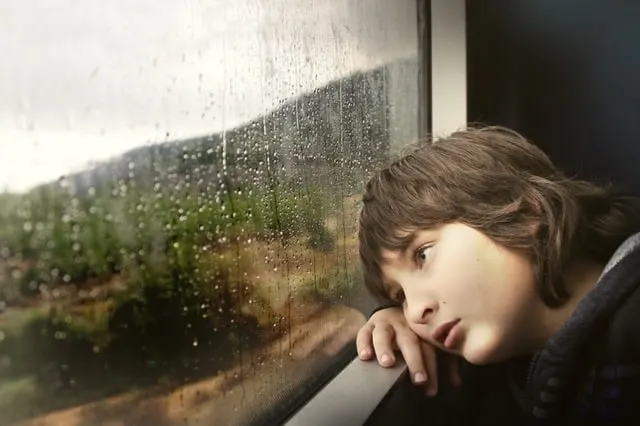
Post-Traumatic Stress Disorder (PTSD) can develop in people of all ages, including, sadly, children. PTSD is a stressor-related disorder and is considered one of the major 15 anxiety disorders.
What causes PTSD in children?
Children are very vulnerable and may develop PTSD after experiencing or witnessing a traumatic event. Some of the most common causes of PTSD include seeing the death of a parent, witnessing a sexual assault, experiencing a sexual assault or witnessing violence however PTSD can be caused by a number of other events such as experiencing a car accident, abandonment, time spent in the hospital, bad relationships at home, an alcoholic parent or being a part of a natural disaster.
And childhood trauma is the #1 thing that leads teens and adults to addiction and divorce.
What are the symptoms of PTSD?
PTSD can present itself differently in children than it does in adults as children often have a different emotional and behavioral reaction to trauma. Some of the most common warning signs and symptoms are:
- Experiencing unwanted memories or bad dreams
- Withdrawing and avoiding interaction at home or at school
- Angry outbursts or more frequent temper tantrums
- Having problems getting to sleep or staying asleep
- A change in their school performance
- Feeling numb or flat with no emotion
- Unusual clinginess to their caregiver
- Developmental regression such as wetting the bed or forgetting how to use language
- Obsessive play that involves reliving the trauma again and again
It’s important to realize that some of the above symptoms form a part of the normal grieving process and some children may experience them after a traumatic event but may not have PTSD.
What should you do if you suspect your child has PTSD?
The journey to the successful treatment of PTSD in children has six general steps. Although at first glance these steps may seem easy to achieve they will take time and patience.
- Recognizing the symptoms of PTSD in your child and having them diagnosed by a medical professional to avoid misdiagnosis as a learning disability such as ADHD.
- Understanding that a child will see and perceive their environment differently to an adult which means that something that may seem minorly traumatic to an adult could be very traumatic to a child.
- Identifying what caused your child’s PTSD by working with them and a health professional
- Reducing or eliminating the cause of your child’s PTSD if it is still ongoing in their life.
- Beginning the process of helping your child to externalize their trauma through talking, playing or writing.
- Getting the ongoing support your child needs from health care professionals, support groups or medication if necessary.
What treatments are available for children with PTSD?
PTSD can have a devastating impact on children’s lives but with gentle support, it is possible for it to be overcome and children of all ages are able to return back to their normal happy and healthy selves.
The PTSD therapy offered will often vary depending on the individual but some of the most common approaches include play therapy, helping children to process their memories, cognitive behavioral therapy, support with learning relaxation techniques, stress management and help with developing coping skills.
- Sagittarius Man & Gemini Woman Love and Sex Compatibility - January 31, 2024
- Taurus Ascendant Rising Personality Traits in Men (Guide) - January 31, 2024
- How to Seduce and Attract a Sagittarius Man (Seduction Tips) - January 31, 2024
